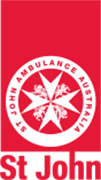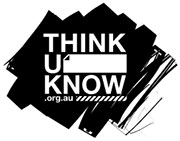Safety At Home
First AidHypothermia
Signs & symptoms
Early warning signs may include:
- feeling cold
- shivering
- clumsiness and slurred speech
- apathy and irrational behaviour.
As body temperature drops:
- shivering usually ceases
- pulse may be difficult to find
- heart rate may slow
- level of consciousness continues to decline.
At around 30°C body temperature:
- unconsciousness is likely
- heart rhythm is likely to change.
- As the body temperature falls further the heart may arrest, resulting in death.
What to do
1. Follow DRSABCD.
2. Remove the patient to a warm, dry place.
3. Protect the patient and yourself from wind, rain, sleet, cold, wet ground.
4. Lie the patient down and handle as gently as possible and avoid excess activity or movement.
5. Remove wet clothing and warm the patient by placing between blankets, in a sleeping bag, or wrap in a thermal/space blanket or similar, and cover the head to maintain body heat.
Provide warmth to the patient aiming to stabilise core temperature rather than attempt rapid rewarming.
- Hot water bottles, heat packs may be applied to the patient’s neck, armpits and groin.
- Give the patient warm drinks if conscious; no alcohol.
- DO NOT use radiant heat such as fire or electric heater.
- DO NOT rub affected areas.








